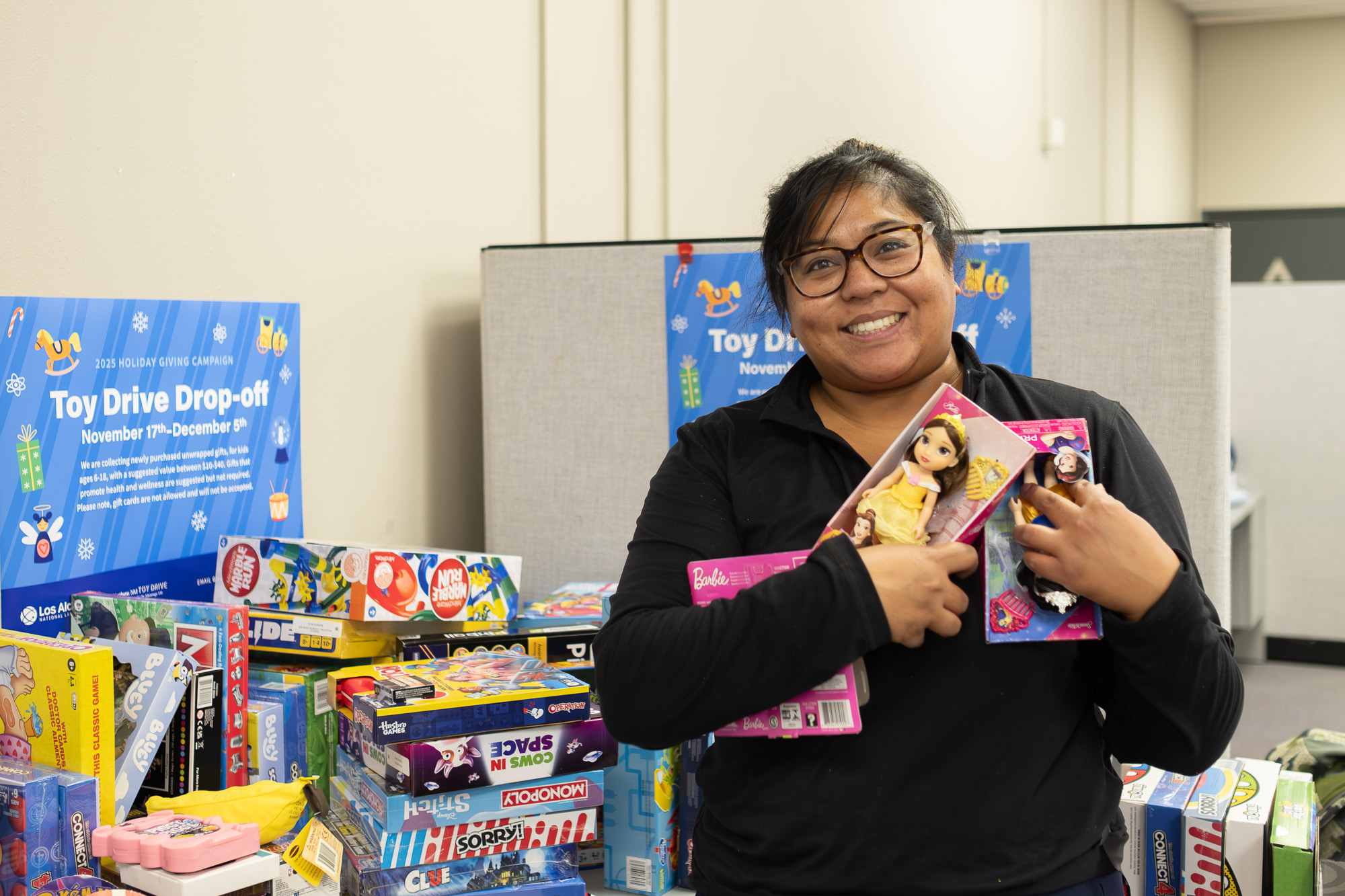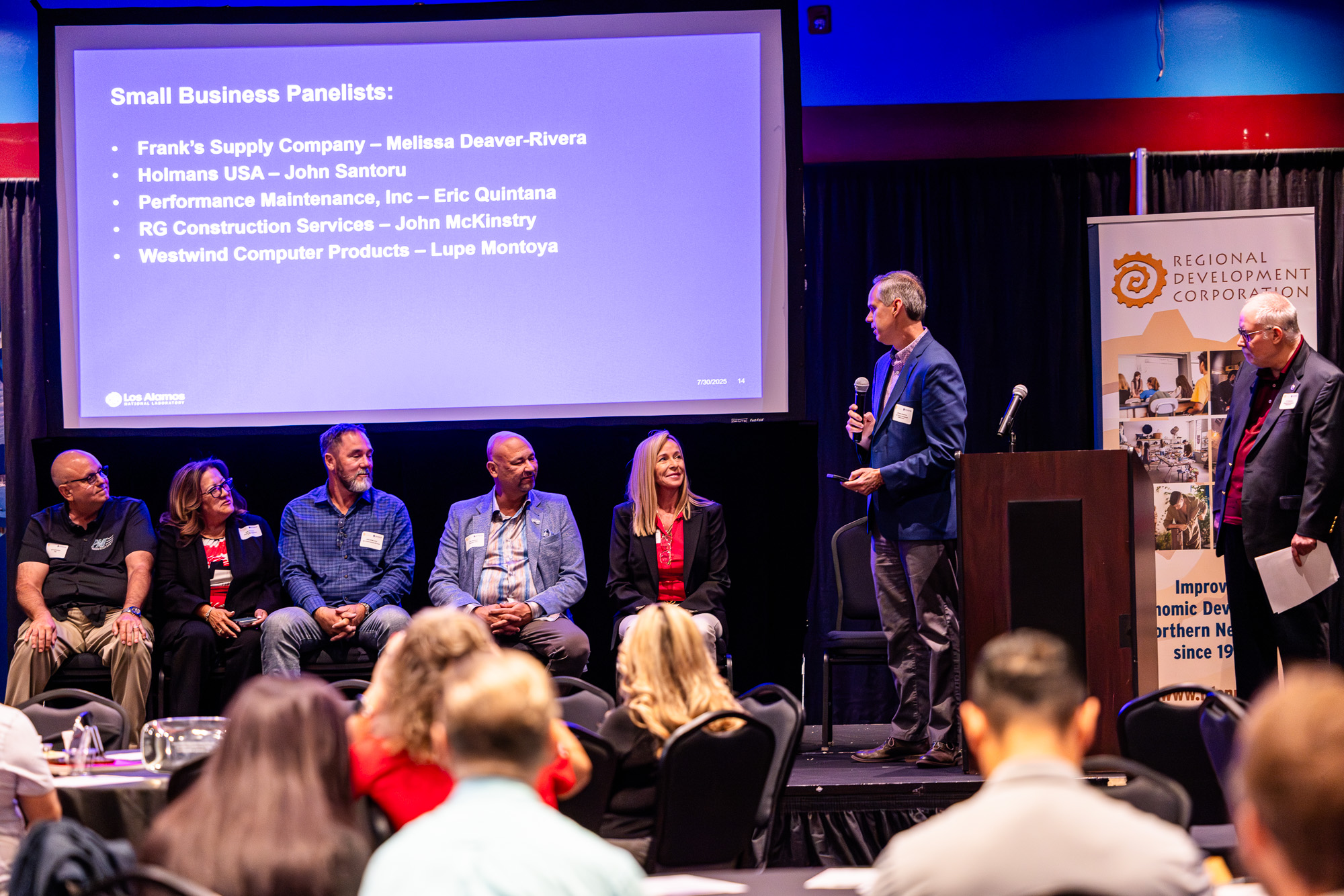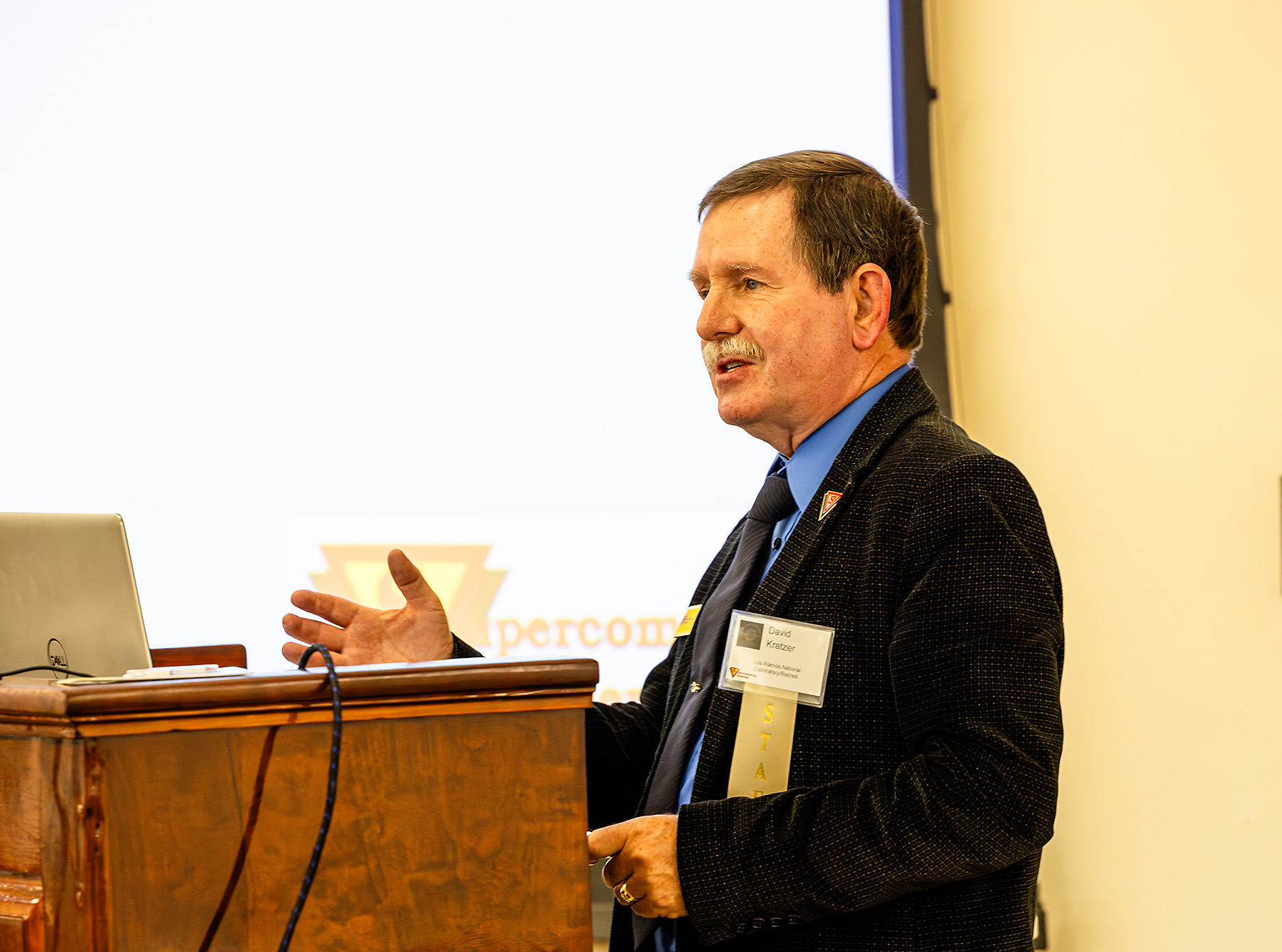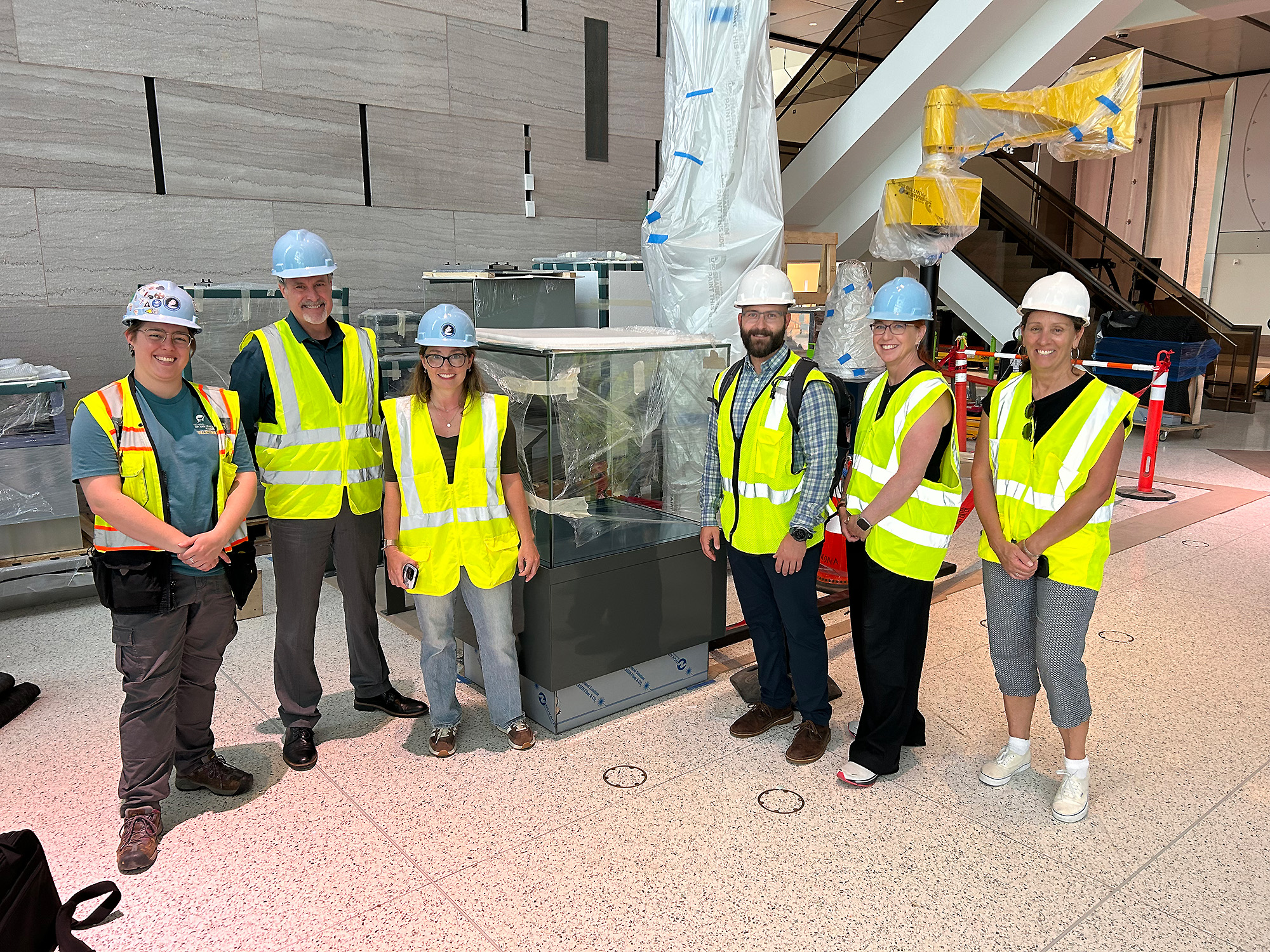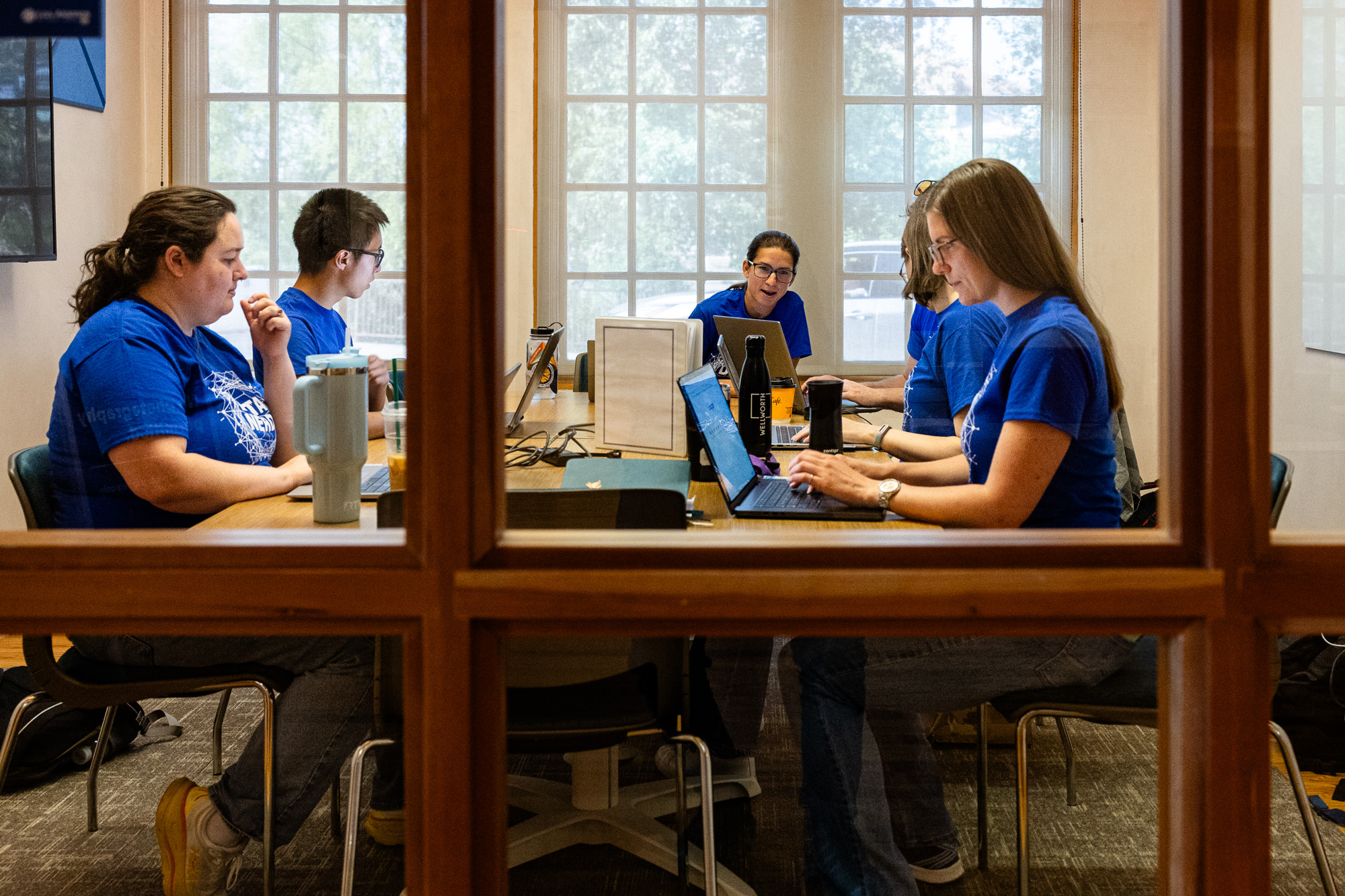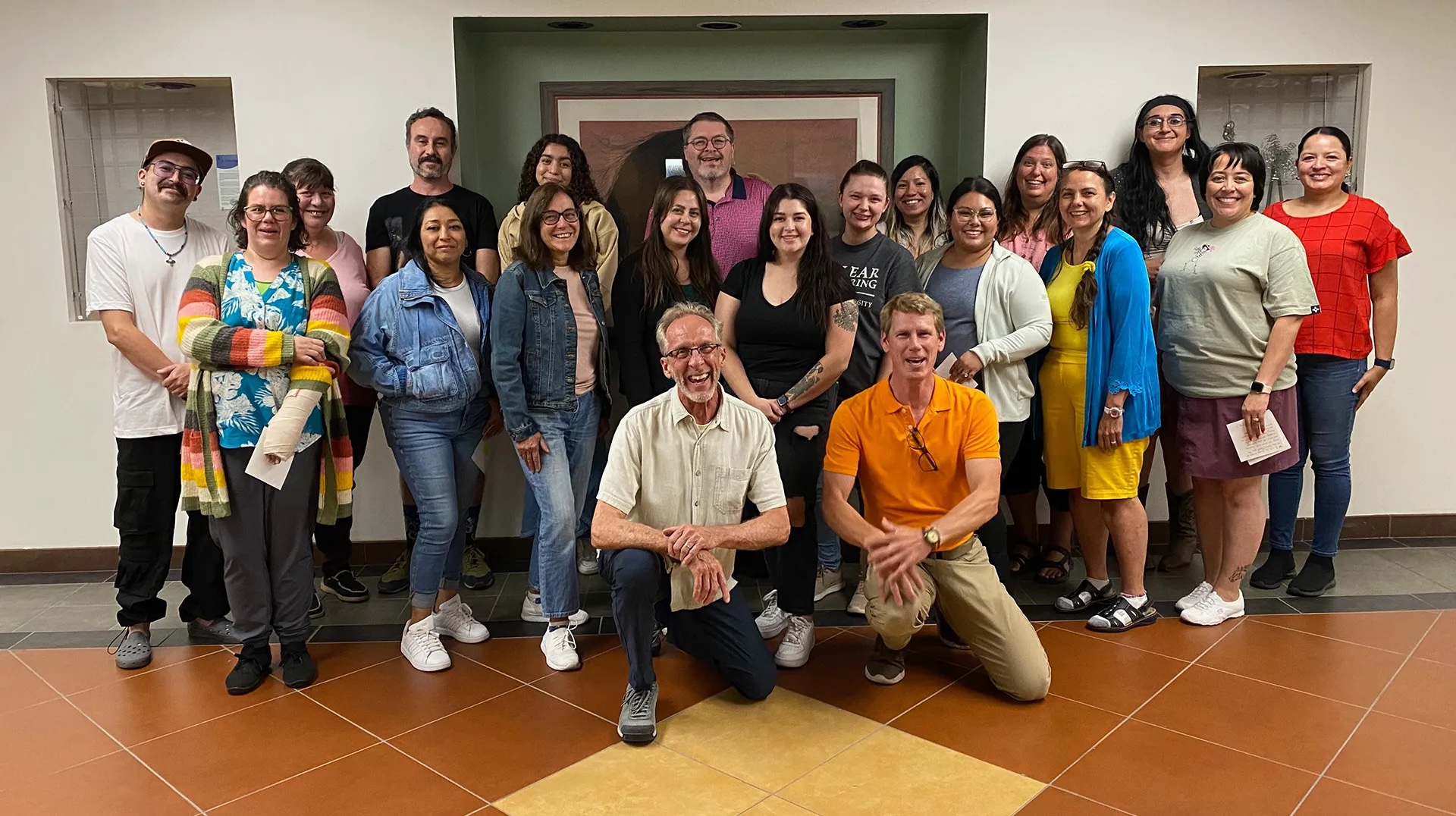3-2-1! Blast off for STEAM education
Lab employees bring rocketry to Carlos F. Vigil Middle School
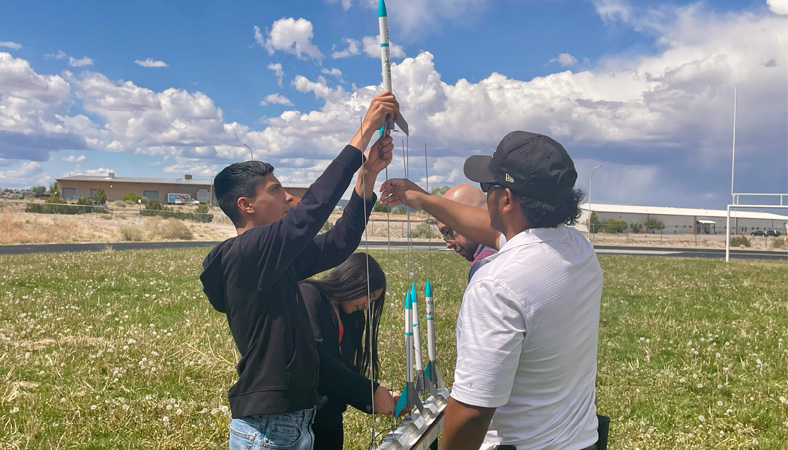
On a sunny Friday afternoon in May, 10 Lab engineers prepared a football field for students from Carlos F. Vigil Middle School in Española. The kids were going to use the field as a launchpad for rockets and, perhaps, a lifelong love of science, technology, engineering, art and mathematics (STEAM).
Launching rockets and partnershipsThrough a grant from the Laboratory’s Community Partnerships Office and a partnership with United Way of Northern New Mexico, Bret Simpkins, associate Laboratory director for Facilities and Operations and Michael Richardson, Engineering Services division leader at the Laboratory, reached out to local schools in Española and offered to augment their STEAM curriculum with a rocketry program.
"Many of our LANL engineers got their start playing with model rockets as kids and became captivated by the hobby — me included," says Simpkins. "The goal of our program is to plant the seeds of technical careers using a fun, hands-on experience that fosters teamwork, creativity and critical thinking in a safe and controlled environment."
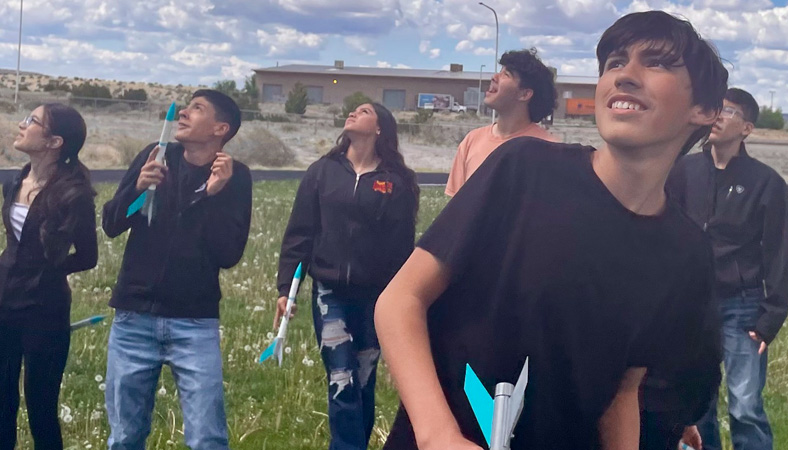
The team partnered with the school's Mathematics, Engineering and Science Achievement program — a pre-college initiative that prepares students for college and careers in STEAM. Over three classroom sessions per semester, volunteers met with two groups of students — one in the fall and the other in the spring — to help the students learn about, build, launch and recover their rockets.
The program provided seventh and eighth graders with a captivating, hands-on physics experiment. Several students expressed newfound interest in pursuing engineering and aerospace careers, inspired by their interactions with real-world engineers.
"It was fun. It taught me to think critically on how to put the parts together to make the rocket work," says student Jose Ponce De Leon.
The experience of students like Ponce De Leon mirrors Simpkins' own relationship with science and model rockets. Simpkins launched his first rocket as a 10-year-old growing up in Albuquerque, and at age 12 he created an original rocket design and entered a national contest. His design won first place and was published in Model Rocket News Magazine.
"It's one thing to read about rockets, but when you provide the countdown and push the launch button yourself, hear the sound of the motor's thrust, see the rocket that you built accelerate off the pad … you want to do it again," he says.
A new generation of engineers
After the fall program, teachers reported increased enthusiasm for problem solving and teamwork among their students, and many students eagerly asked about future opportunities to build and launch more advanced rockets. Teachers also said they felt inspired to learn about rockets and build them on their own.
"The kids were excited and interested," says MESA teacher Nelia Alemania. "The projects related to my physical science lesson on Newton's law of motion. I loved it!"
As volunteers returned in the spring, students returned to participate again, hoping to learn from and meet more Lab volunteers — engineers from the Lab's Engineering Services division — who were equally excited to work one on one with students.
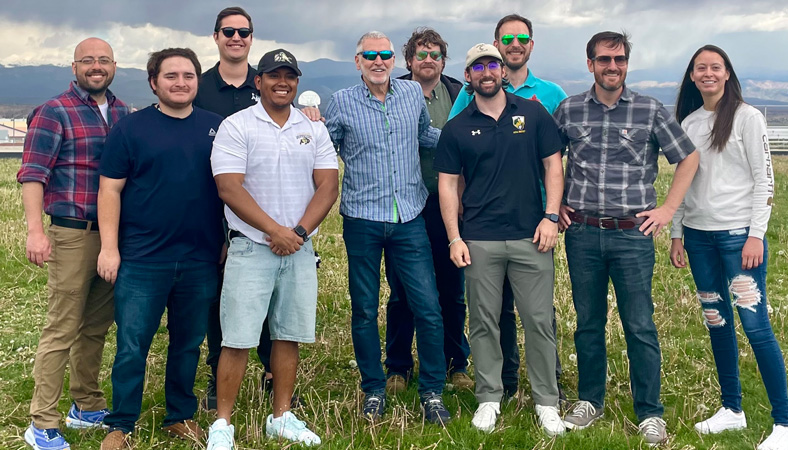
"It was great to get to know the students over multiple sessions — learning about their interests and sharing the broad range of exciting career opportunities available within science and engineering," says Richardson.
Richardson also said experiential learning opportunities such as the rocket launches could foster curiosity and confidence in young minds and help shape the students' futures.
For school staff, the program demonstrated the importance of community connections while making the curriculum more engaging and informative.
"I think it's a great way to put project-based learning into effect,” says Mel Vigil, Carlos F. Vigil's community coordinator. "At first, students are always questioning why they are doing these projects, but then they learn that they actually enjoy them and engage more. I believe having community-based learning is important for our kids. It's also a great opportunity to gain some interest in future career pathways that are close to home."
